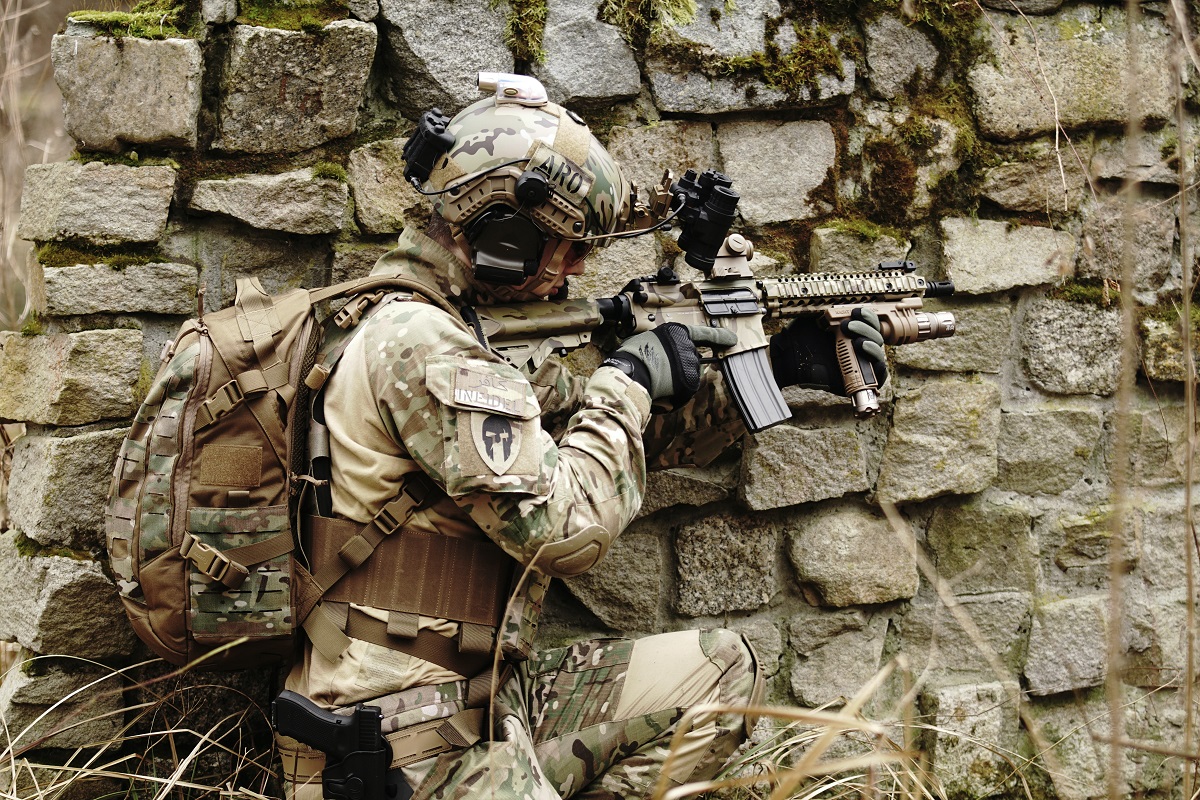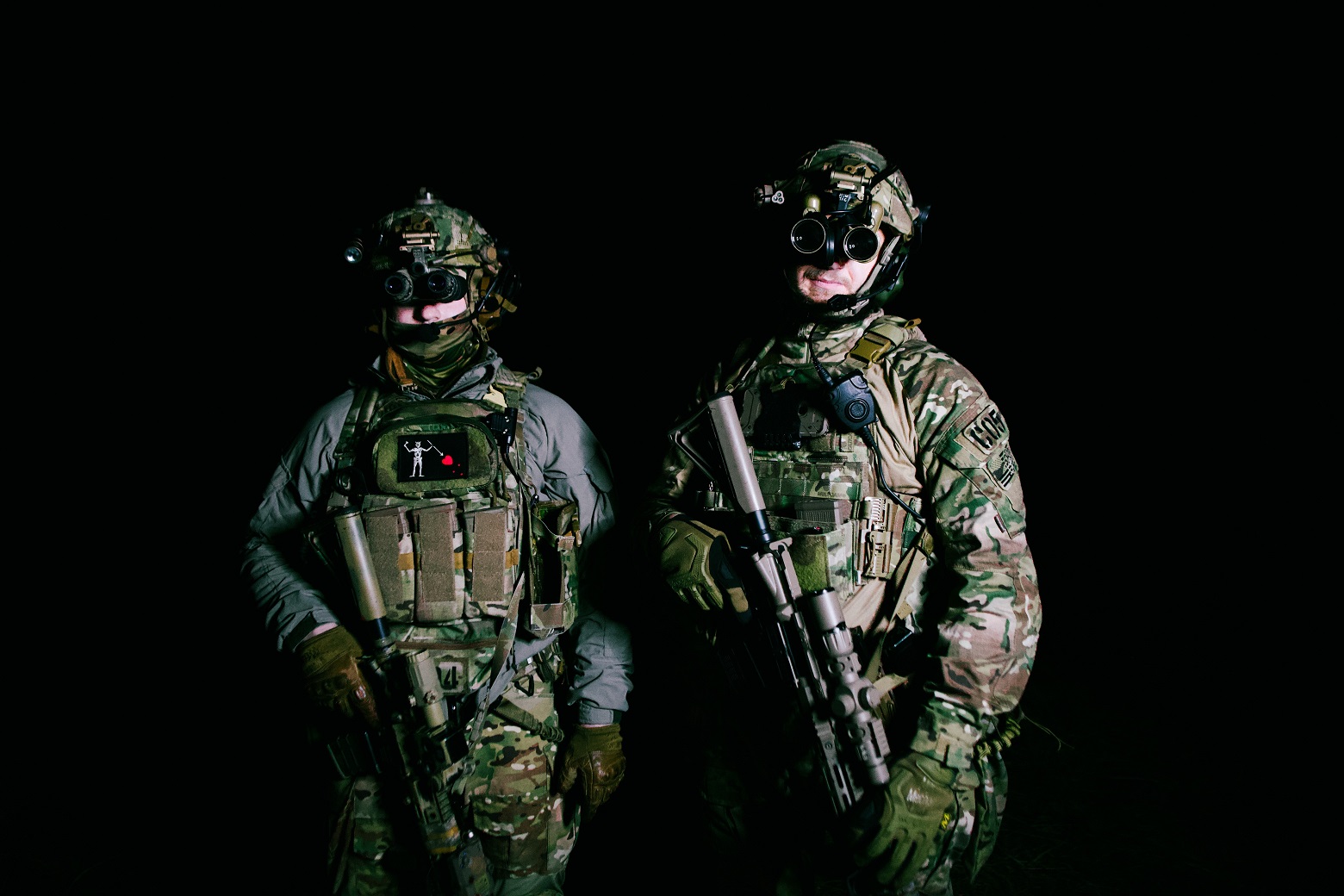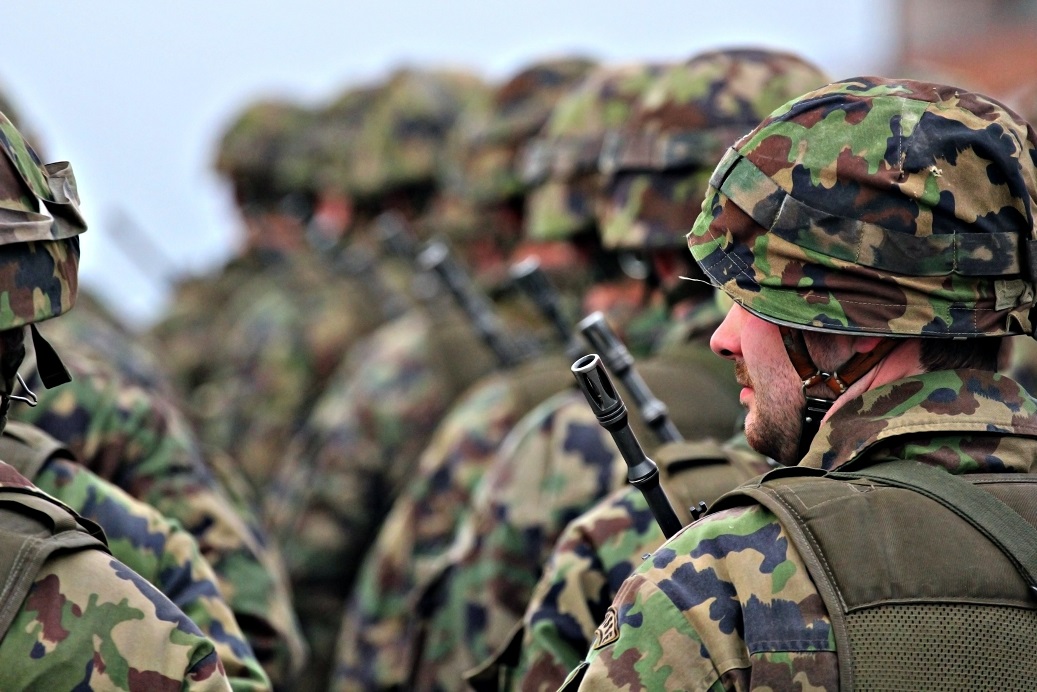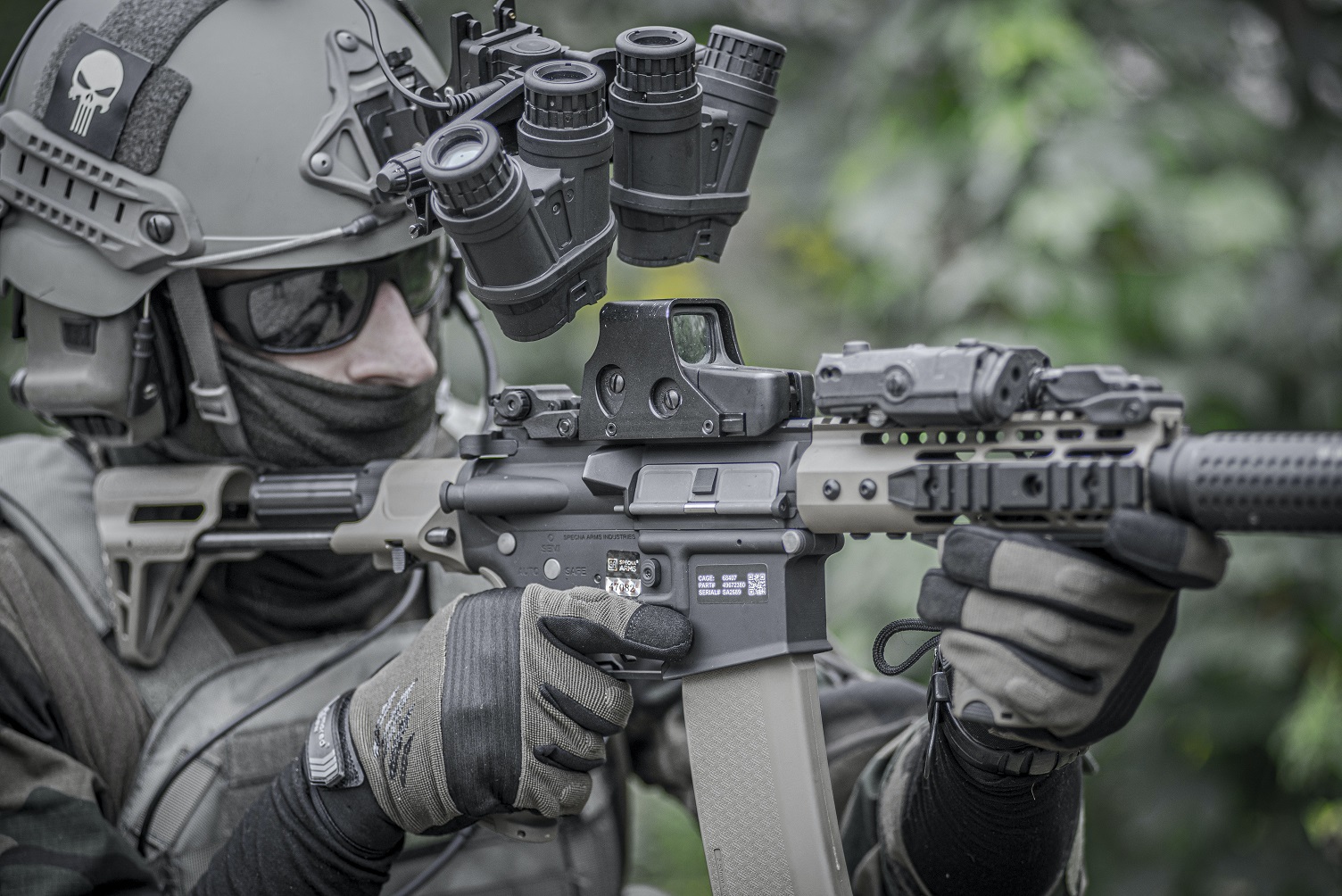Kevlar vests are a staple of the military, law enforcement, and security personnel around the world. But how did this protective garment come to be? We explore the history of Kevlar vests from their early beginnings to their development over time.
The Early Years
Kevlar was invented in 1965 by Stephanie Kwolek, a chemist at DuPont. It was originally intended for use as a lightweight replacement for steel in car tires. However, soon after its discovery it began to be used for other applications, such as body armor. In 1971, Richard Davis and Stephen Gregg developed the prototype of a comfortable Kevlar vest for police officers. The vests were made using woven or laminated sheets of Kevlar, making them significantly lighter than traditional bulletproof vests that were made with metal plates or heavy fabric layers.
Developments in Technology
Since the 1970s, there have been numerous developments in the technology behind Kevlar vests. For example, new materials and processes have been developed to make them more lightweight and comfortable while still offering superior protection against bullets and sharp objects. Additionally, manufacturers have begun using materials such as ceramic or metal plates to provide additional protection against high-velocity projectiles like rifle rounds. The use of nanotechnology has also enabled manufacturers to create special coatings that repel water and dirt from the vest’s surface to ensure that it remains clean and dry even when exposed to harsh conditions.
Modern Applications
Today, advances in technology have enabled Kevlar vests to become even more effective at protecting wearers from threats ranging from bullets and knives to shrapnel and other fragments from explosions. Many modern versions can provide superior levels of protection while still being relatively lightweight and comfortable enough for extended wear periods without causing discomfort or fatigue. As a result, they are now commonly used by military personnel, law enforcement officers, and security professionals all over the world.
Kevlar vests have come a long way since their inception in 1971 when they were developed as an alternative to traditional bulletproof vests that were often too bulky and uncomfortable for extended wear periods. Thanks to advances in technology such as nanotechnology coatings that repel water and dirt from the vest’s surface as well as new materials that provide additional protection against high-velocity projectiles, today’s Kevlar vests offer unparalleled levels of protection while remaining relatively lightweight and comfortable enough for extended wear periods without causing fatigue or discomfort. As a result, they are now widely used by military personnel, law enforcement officers, and security professionals all over the world.
For more articles, please click here.










